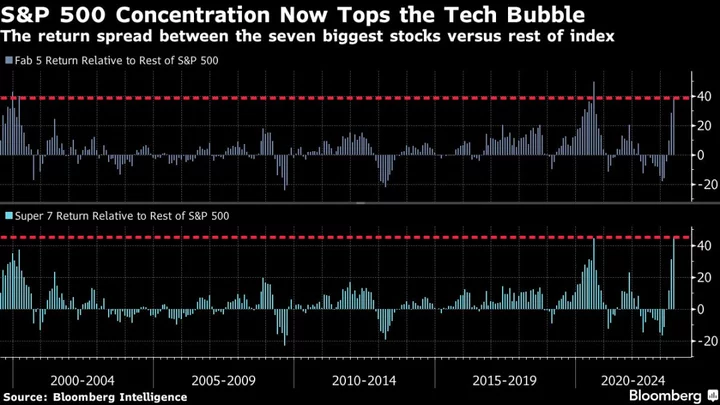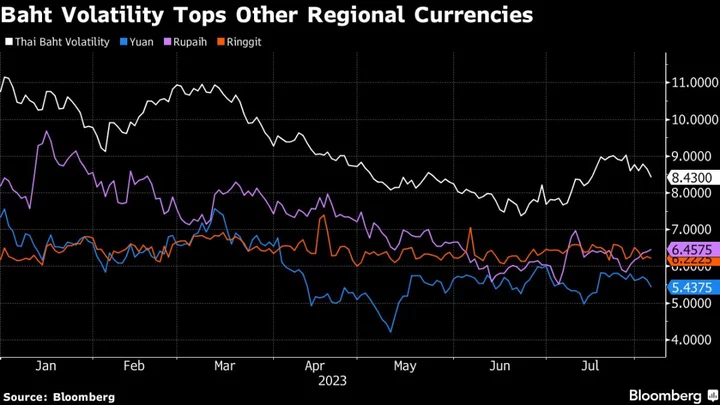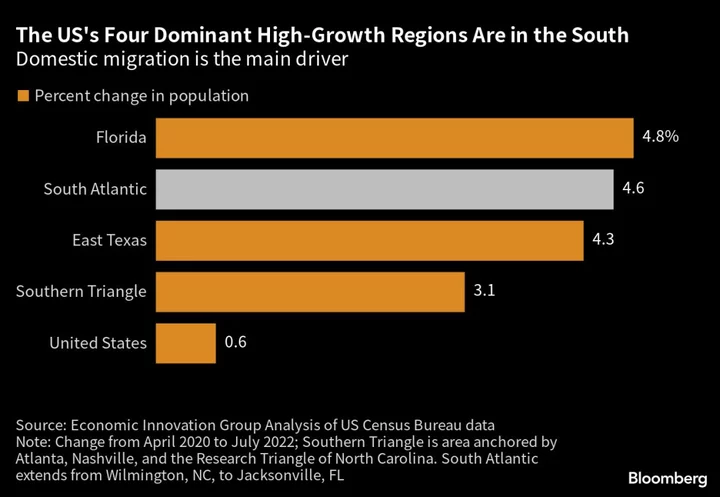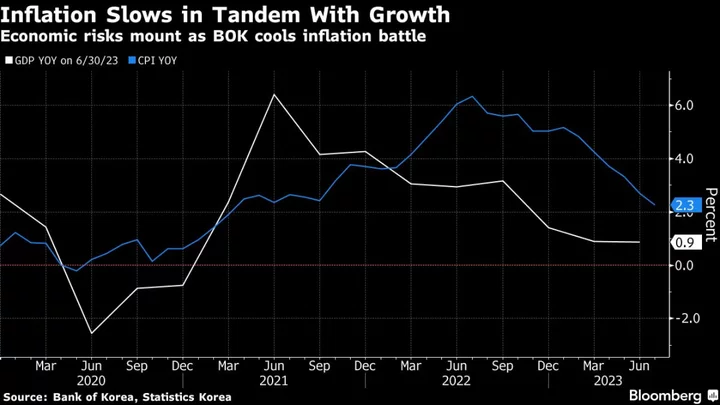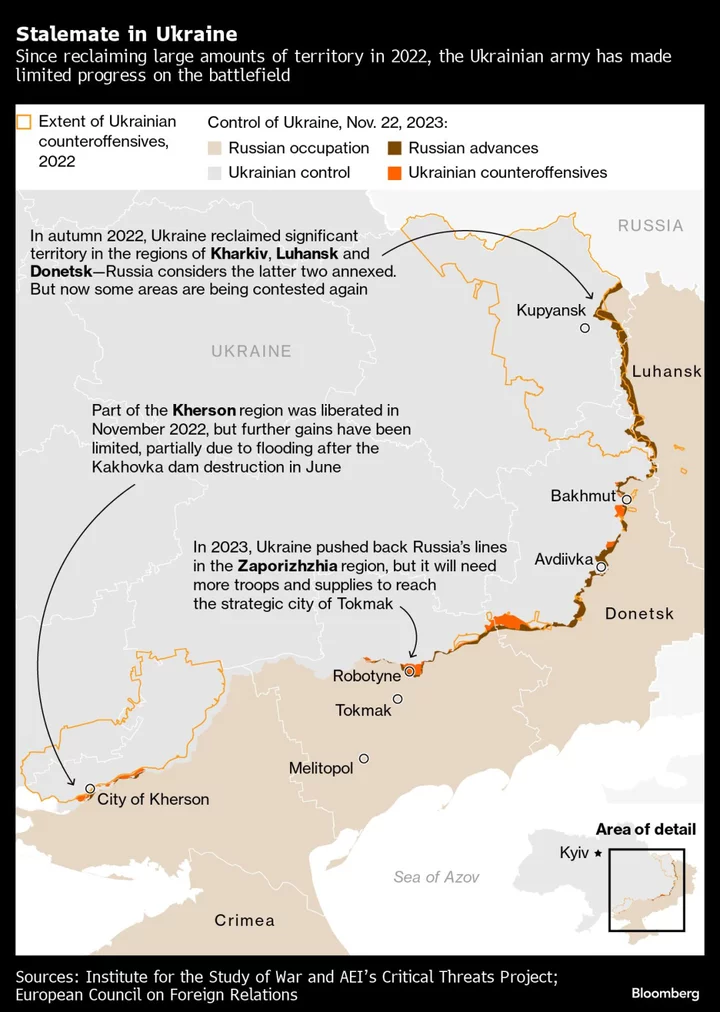Wall Street strategists are increasingly voicing concerns about the concentration of Big Tech stocks in this year’s stock-market rally. But if history is any guide, there’s little reason to fear.
Apple Inc., Microsoft Corp., Google parent Alphabet Inc., Amazon.com Inc., Nvidia Corp., Tesla Inc. and Facebook owner Meta Platforms Inc. now make up 28% of the S&P 500 Index’s total value, up from 20% at the start of the year, with a combined capitalization of around $10 trillion. That’s left the benchmark — and the roughly $15 trillion in assets tracking it — vulnerable if just one or two of these companies stumbles.
However, worries that such performance extremes will inevitably falter appear to be premature. Comparable stretches of narrow leadership, including the tech bubble at the turn of the millennium, have been greater and longer-lasting, Bloomberg Intelligence analysis shows. This year’s surge can also be seen as a reversal of 2022’s pummeling rather than a harbinger of doom.
“This isn’t something to be feared,” said Gillian Wolff, a senior associate analyst at BI. “Unlike in the dot-com bubble, the outlook for most of these companies is very strong,” although earnings reports in the weeks ahead may prove decisive, she said.
After the tech bubble in 1999 and the pandemic-fueled collapse in 2020, once the six-month relative return differential between the biggest stocks and the rest reached current levels, it kept expanding for at least several more months, according to BI.
The return spread between the seven largest stocks in the S&P 500 compared with the rest of the index hit the widest since the dot-com bubble in the first six months of the year, according to data compiled by BI. Excluding the group, which at times this year has included Berkshire Hathaway Inc., the index would have only returned 6.3% in the first half, instead of 16%.
Nancy Tengler, chief investment officer of Laffer Tengler Investments, said her firm remains overweight the tech sector, although it’s taken profits on AI stocks like Broadcom Inc., Palo Alto Networks Inc. and Amazon. However, she dismisses comparisons to the internet bubble bursting.
“This isn’t the same thing at all,” said Tengler, who says the market already discounted a recession last year. “When there’s a new generational change in technology, you have to participate. This party is going to go on for a lot longer.”
That said, valuations for tech shares look high by historical standards, especially with the Federal Reserve likely to boost interest rates again this month. Buoyed by the potential for artificial intelligence, the Nasdaq 100 Index trades at 26 times projected earnings, or some 30% above its 10-year average. The tech-heavy benchmark is up more than 37% this year, after sinking 33% in 2022.
“I wouldn’t chase Big Tech right now,” said Eric Diton, president and managing director of Wealth Alliance, who’s advising investors to buy cheaper dividend-paying stocks offering a steady stream of cash. “We’re excited about AI, but the parabolic moves these stocks have made have already discounted the hereafter.”
The resilience of tech strength faces a big test when corporate scorecards start rolling in.
“We’re not worried about narrow concentration yet,” BI’s Wolff said. “But we have to wait for earnings season to play out.”
Major banks kick off earnings season this week, with JPMorgan Chase & Co. reporting Friday. Big Tech companies start unveiling results in late July. Going into the announcements, Wall Street expectations for the tech titans look solid.
The top five stocks in the S&P 500 in terms of market capitalization — including Apple, Microsoft and Alphabet — are expected to post a 16% profit expansion in the three months through June, BI data show. That compares with a more than 8% profit contraction for the S&P 500 overall.
That partly explains why the cash streaming into the highfliers shows little sign of slowing. Technology stocks led inflows among the S&P 500’s 11 industry sectors in the week through July 5 with a $900 million addition, data compiled by EPFR Global show.
Jimmy Lee, chief executive of The Wealth Consulting Group, is looking to buy pricey growth stocks if the benchmark gauge sees a pullback of 5% to 10% in the second half.
“It’s not a surprise that Big Tech has rebounded this year because most of those companies shouldn’t have sold off as much as they did last year,” Lee said. “A lot of investors have been wrong about looming recession and the worst of the economic and earnings pain may already be past.”

